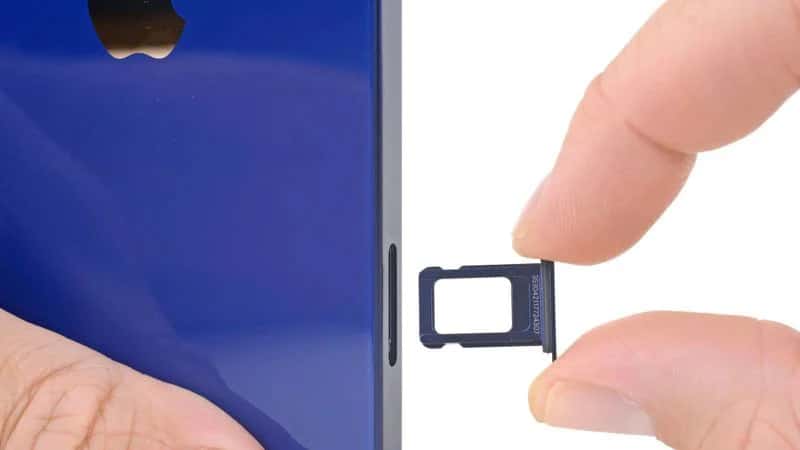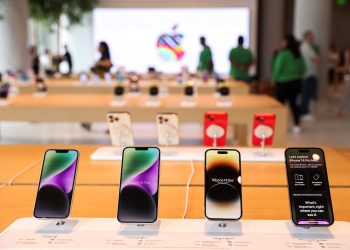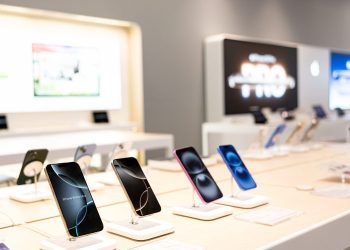Earlier this week, a rumor from Brazilian website Blog do iPhone claimed that Apple iPhone 15 Pro models might not have a physical SIM card slot in at least some countries and regions, but the change might happen even sooner.
An anonymous tipster informed MacRumors that Apple has advised major U.S. carriers to prepare for the launch of eSIM-only smartphones by September 2022. The tipster shared a seemingly legitimate document outlining the timeframe for this initiative, although the document does not specifically mention Apple or the iPhone.
As part of the transition, some U.S. carriers will allegedly start offering select iPhone 13 models without a nano-SIM card in the box in the second quarter of 2022. iPhone 13 models sold at Apple Stores or on Apple.com already lack a nano-SIM card in the box, with users typically able to activate a cellular plan via eSIM by turning on the iPhone, connecting to a Wi-Fi network, and following the on-screen instructions.
Given the alleged September 2022 deadline, it is possible that Apple might remove the physical SIM card slot starting with some iPhone 14 models, rather than some Apple iPhone 15 Pro models as originally rumored, but nothing is definitive at this point.
An eSIM is a digital SIM that allows users to activate a cellular plan without having to use a nano-SIM card. It’s worth noting that eSIM service is not available in all countries, so iPhones with a SIM card slot may remain available in some markets. Adoption is expanding rapidly, though, with over 100 carriers offering eSIM service worldwide and more planning to roll out support in 2022, including Three in the UK and Vodafone in New Zealand.
iPhone 13 models already support multiple eSIM profiles, allowing users to subscribe to several cellular plans digitally and switch between them, and this functionality could pave the way for the SIM card slot’s removal in select countries.
Apple’s former design chief Jony Ive once envisioned the iPhone as becoming a “single slab of glass,” and the SIM card slot’s removal would be another step towards a seamless design and improve water resistance in the process. Taking out the slot would also free up some valuable internal space in the iPhone — every bit counts.
Source: Mac Rumors





